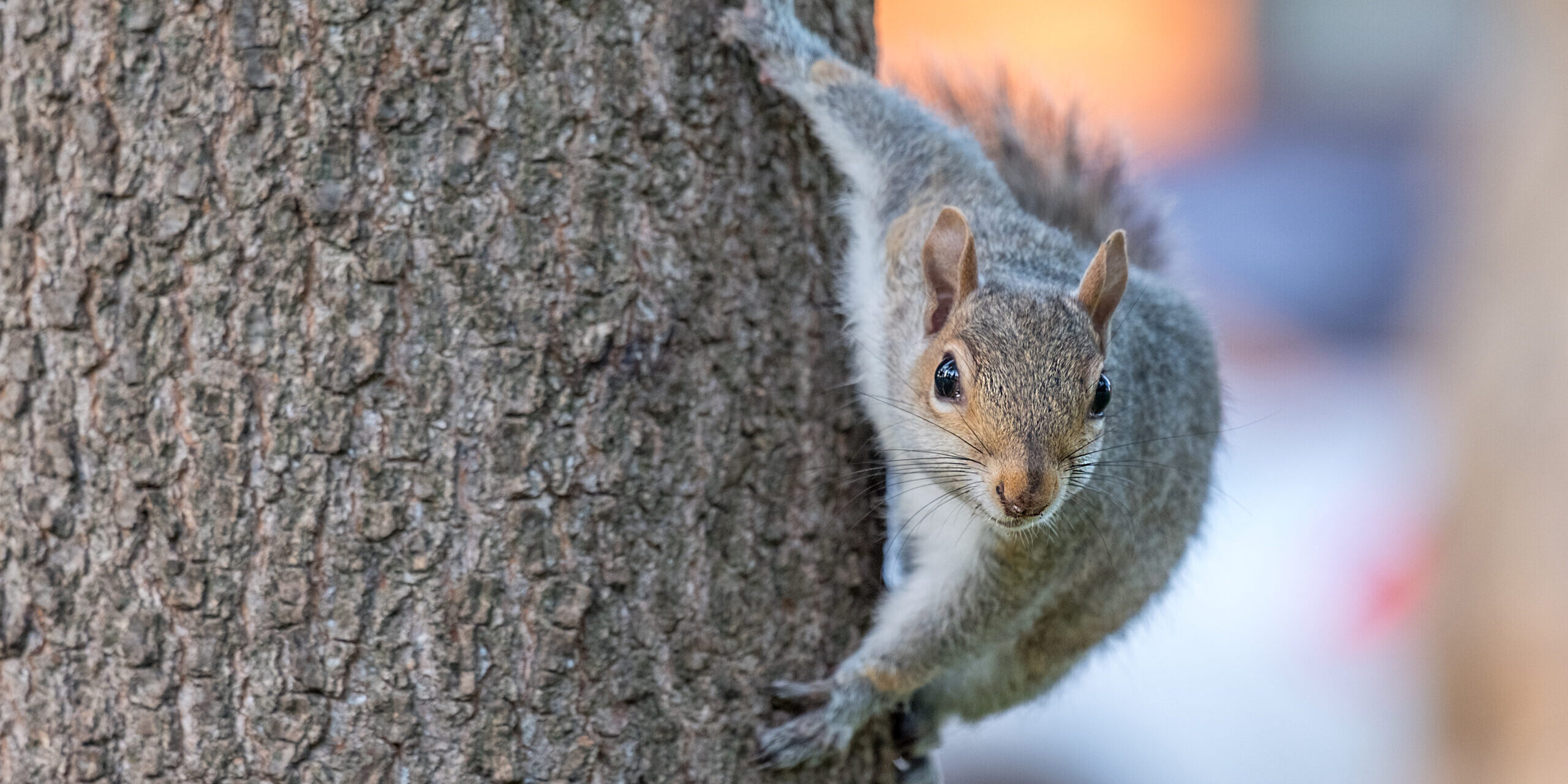When you spot a squirrel darting across your yard or hear one scurrying in your attic, it may seem like harmless wildlife activity. But beneath their cute appearance, squirrels can pose serious health risks to both people and pets. These small rodents are known to carry a range of harmful pathogens and parasites that can spread through bites, scratches, or even indirect contact with their droppings and nesting materials. Understanding the potential dangers of squirrel diseases can help you recognize why prompt, professional wildlife removal is not just about protecting your home’s structure—it’s about safeguarding your family’s health.
The Hidden Health Risks of Squirrel Diseases
Squirrels are capable of carrying several infectious agents that can impact human and animal health, including Leptospirosis, Salmonella, Hantavirus, Tularemia, Ringworm, Lyme disease, and Rabies. Each of these illnesses presents unique dangers and modes of transmission. Leptospirosis is a bacterial infection often found in water or soil contaminated by animal urine. When humans come into contact with contaminated areas—say, from squirrel droppings or nesting materials in attics—the bacteria can enter the body through small cuts or mucous membranes, causing symptoms that range from mild flu-like illness to severe liver or kidney damage. Salmonella, another bacterial infection, can spread when food or surfaces are contaminated with squirrel feces. This can lead to severe gastrointestinal distress, making sanitation after squirrel removal extremely important. Even more concerning, Hantavirus—though more commonly associated with other rodents—has been detected in squirrels in rare cases. It spreads primarily through inhalation of dust particles contaminated by rodent droppings, and it can cause serious respiratory illness in humans. These are not hypothetical threats; they are real examples of how squirrel diseases can silently compromise a home’s safety and health conditions if infestations go unaddressed.
How Squirrel-Borne Illnesses Spread to Humans and Pets
While squirrel diseases can develop from direct bites or scratches, many infections spread indirectly, which makes them even more deceptive. For instance, squirrels that enter attics, crawl spaces, or walls can leave behind urine, feces, and nesting debris. Over time, these materials dry and release microscopic pathogens into the air, which can be inhaled by anyone nearby. Pets, particularly dogs and cats, are also at risk when they encounter contaminated nesting material or chase infected squirrels outdoors. Tularemia, caused by the bacterium Francisella tularensis, is one such disease that can transfer to pets and subsequently affect humans. It can lead to fever, skin ulcers, and swollen lymph nodes if left untreated. Similarly, Ringworm, a contagious fungal infection, can spread through direct contact with a squirrel’s fur or contaminated surfaces, causing skin irritation in both humans and animals. Then there’s Lyme disease, which isn’t directly transmitted by squirrels but by ticks that frequently live on them. When these ticks detach and find a new host—such as a person or pet—they can transmit the bacteria Borrelia burgdorferi, leading to joint pain, fatigue, and neurological issues. Finally, although rare, Rabies remains one of the most feared viral squirrel diseases because of its fatal outcome if untreated. Any squirrel behaving erratically or aggressively should be treated as a potential rabies carrier, and professional wildlife control should be contacted immediately. Together, these factors highlight that a squirrel infestation is more than a nuisance—it’s a potential public health concern.
Prevention, Warning Signs, and Professional Removal
The best protection against squirrel diseases is prevention. Homeowners should begin by inspecting for entry points—such as small roof gaps, vents, or holes in soffits—that allow squirrels to enter attics or crawl spaces. Squirrels can squeeze through openings as small as an inch and quickly create nesting areas, spreading waste and pathogens. Warning signs of an active infestation include scratching or chewing noises in the ceiling, droppings near insulation, chewed electrical wires, or visible damage to eaves and gutters. Cleaning up these areas without proper protective equipment can expose homeowners to pathogens, which is why professional wildlife removal is essential. Experts not only trap and remove the animals humanely but also decontaminate and seal the affected areas to prevent future entry. A licensed wildlife specialist will safely dispose of droppings and nesting materials while using commercial-grade disinfectants to neutralize bacteria and viruses. Homeowners are also advised to store pet food securely, maintain outdoor cleanliness, and trim tree branches away from the roofline to discourage squirrel access. The goal isn’t just to remove the animals but to ensure your home environment is fully protected from lingering contaminants. When handled properly, you can eliminate the health hazards of squirrel diseases and restore your home’s safety with confidence.
Conclusion: Protect Your Home and Family from Hidden Health Risks
Don’t wait for a squirrel problem to escalate—call Varmint Gone today at 888-391-3330 or schedule an inspection online with our specialists to assess your squirrel situation.
Varmint Gone is a licensed, insured, and local veteran-owned wildlife removal company. We have provided fast and reliable squirrel removal services to homeowners since 1983. With our expertise, you can effectively keep squirrels out and protect your property from further damage. Interested in hearing from our satisfied customers? Check out our reviews online for Varmint Gone Matthews or Varmint Gone Cornelius and see how we’ve helped homeowners just like you! Your home is your biggest investment—don’t let a squirrel infestation silently destroy it from the inside out. Trust the pros. Trust Varmint Gone.











